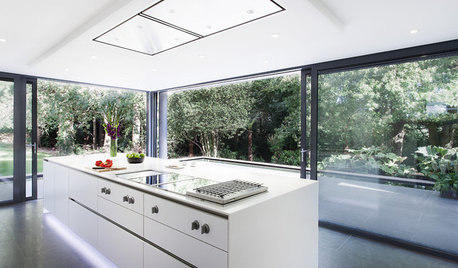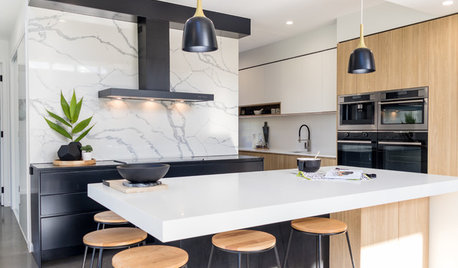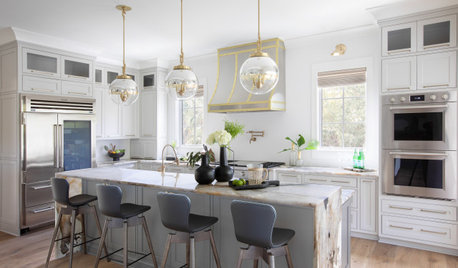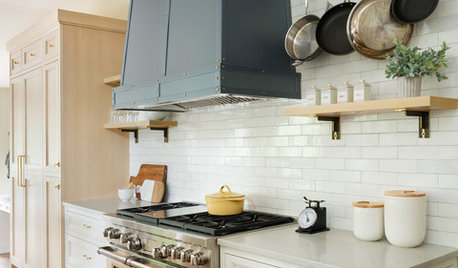Wolf Hood for Induction Cooktop?
earthlyepicure
last year
Featured Answer
Sort by:Oldest
Comments (7)
M Miller
last yearlast modified: last yearRelated Professionals
Magna Kitchen & Bathroom Designers · Midvale Kitchen & Bathroom Designers · San Jacinto Kitchen & Bathroom Designers · Riverbank Cabinets & Cabinetry · Whitney Cabinets & Cabinetry · Portage Architects & Building Designers · Lake Zurich Furniture & Accessories · Toledo Furniture & Accessories · Los Gatos Furniture & Accessories · Bryan General Contractors · Kailua Kona General Contractors · Paducah Kitchen & Bathroom Remodelers · Black Forest Cabinets & Cabinetry · Hammond Cabinets & Cabinetry · Kentwood Cabinets & Cabinetryearthlyepicure
last yearkaseki
last yearM Miller
last yearlast modified: last yearkaseki
last yearlast modified: last yearearthlyepicure
last year
Related Stories

5 Stunning Modern Range Hoods
Today's kitchen range hoods can look like sleek sculptures. Here's what to look for when you go shopping for one
Full Story
KITCHEN DESIGNHow to Choose the Right Hood Fan for Your Kitchen
Keep your kitchen clean and your home's air fresh by understanding all the options for ventilating via a hood fan
Full Story
KITCHEN APPLIANCESFind the Right Cooktop for Your Kitchen
For a kitchen setup with sizzle, deciding between gas and electric is only the first hurdle. This guide can help
Full Story
KITCHEN APPLIANCESThe Many Ways to Get Creative With Kitchen Hoods
Distinctive hood designs — in reclaimed barn wood, zinc, copper and more — are transforming the look of kitchens
Full Story
KITCHEN APPLIANCESDisappearing Range Hoods: A New Trend?
Concealed exhaust fans cut visual clutter in the kitchen
Full Story
KITCHEN DESIGNHow to Get Your Range Hood Right
Get a handle on the technical specs, and then learn about fun design options for creating a beautiful kitchen feature
Full Story
KITCHEN DESIGNDesigner Tips for Range Hoods, Appliances and Lighting
Learn how to get your microwave height just right, what kind of bar stool will be most comfortable and more
Full Story
KITCHEN DESIGNWhat to Know When Choosing a Range Hood
Find out the types of kitchen range hoods available and the options for customized units
Full Story
BEFORE AND AFTERS4 Kitchen Makeovers With Standout Range Hoods
In these before-and-afters, see how a custom range hood can take your kitchen renovation to the next level
Full Story
KITCHEN APPLIANCESWhat to Consider When Adding a Range Hood
Get to know the types, styles and why you may want to skip a hood altogether
Full StorySponsored
Columbus Design-Build, Kitchen & Bath Remodeling, Historic Renovations
More Discussions







Patricia Colwell Consulting